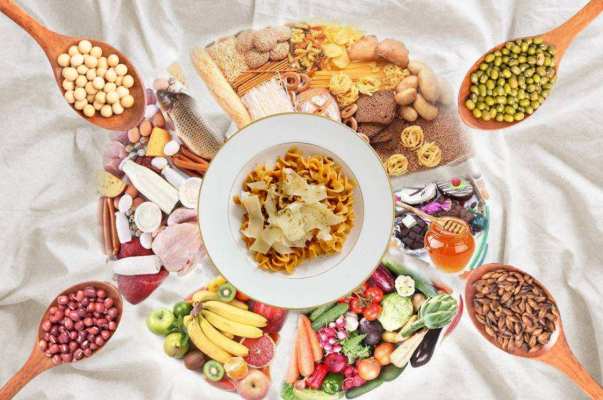Healthy diet
Do you need vitamin-enhancing foods?
Many packaged foods can overload your vitamins, especially if you have been taking multiple vitamins daily. This is what you need to know.
Manufacturers have been adding nutrients to food for decades. In fact, it started nearly 100 years ago when iodine was added to the salt. Vitamins and minerals are added to food in two critical ways.
Food and drinks can be “rich”. This means putting back the nutrients lost during processing, just as the long-term use of refined flour to make vitamin B into the bread and grain. Keep in mind that this does not necessarily make them as nutritious as whole grain foods, as not all natural micronutrients lost during processing are replaceable.
Food and drink can be “fortified.” This means adding one or more nutrients that are usually not found in the natural state of the food. Sometimes this is helpful – add hard-to-obtain vitamin D to milk; add calcium to non-milk or orange juice for people who are intolerant to lactose, and add omega to eggs for those who don’t eat enough high-fat fish -3 fatty acids.
However, some foods have nutritional levels that exceed the limits set by the Institute of Medicine. Sometimes they are not necessary for you. For example, according to a study by the University of Toronto, the most common vitamins added to fortified water have been found in large amounts in the general diet.
A US FDA report warns that vitamin-fortified snacks are one of the most misleading foods. Researchers have found that people are less likely to ignore the positive statements of snacks in order to read the nutrition label, and they will choose to strengthen snacks instead of healthier products. When you shop, it’s important to remember that adding nutrients to a food that is full of empty calories does not make it healthy.



